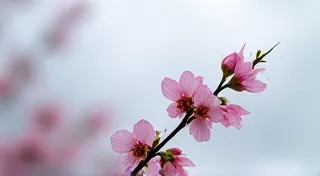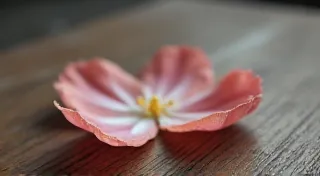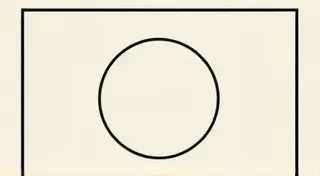Carving Silence: Finding Resonance in the Absence of Detail
There's a peculiar beauty in the quietude of an antique accordion. Not the boisterous, celebratory music it once produced, but the hushed dignity of its stillness now. The worn bellows, the ivory keys faded by countless hands, the intricate carvings softened by age – they whisper stories of gatherings long past, of laughter and perhaps, a touch of melancholy. It’s a similar feeling that permeates the heart of Mokuhanga, Japanese woodblock printing, a feeling born from the deliberate carving away, the intentional absence of detail. It’s in this very absence that the power lies.
Mokuhanga, often translated as “wood print,” is far more than just a technique; it's a philosophy embodied in wood and pigment. While readily associated with *Ukiyo-e* (pictures of the floating world), the prints we recognize as iconic – Hokusai’s “The Great Wave,” for example – are actually a blend of techniques. Traditional Mokuhanga, however, diverges significantly, prioritizing a softer, more flowing aesthetic achieved through specific carving and printing methods. Its roots stretch back centuries, evolving alongside the broader artistic currents of Japan, profoundly influenced by Zen Buddhism and the prevailing appreciation for naturalism. The emphasis wasn't on hyper-realism, but on capturing the *feeling* of a scene, the essence of a moment.
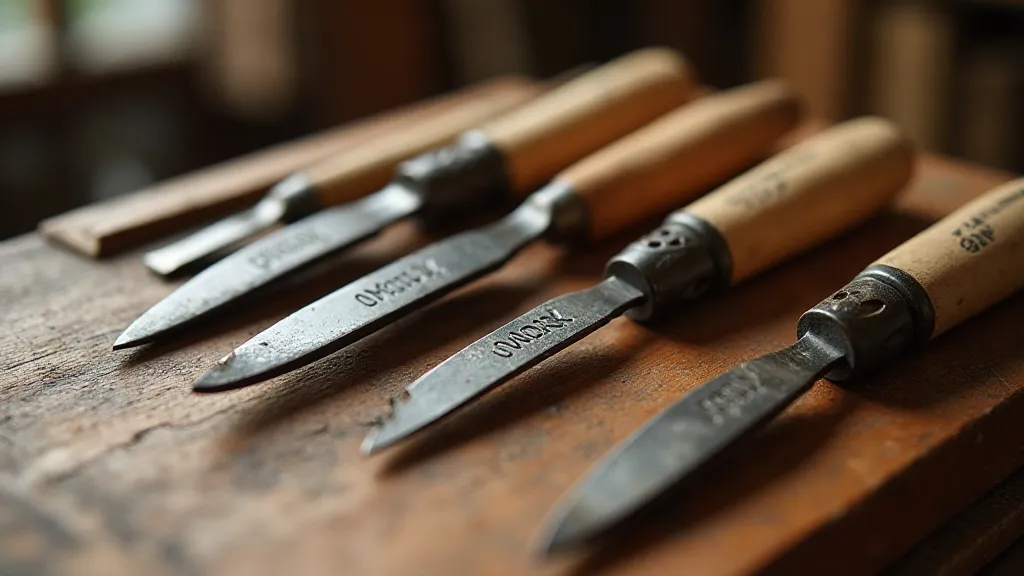
The Dance of Absence: Wabi-Sabi in Print
Consider a traditional Japanese garden. It’s not a riot of color or a display of botanical abundance. Instead, carefully placed rocks, meticulously raked gravel, and precisely pruned trees create a landscape of profound serenity. Each element is considered, and what is *not* included is just as important as what is. This concept is powerfully linked to wabi-sabi, a quintessential element of Japanese aesthetics that finds beauty in imperfection, impermanence, and simplicity. It celebrates the cracks in the pottery, the weathered patina of the wood, the quiet dignity of aging.
In Mokuhanga, this principle manifests in the carving process. The artist doesn't laboriously render every leaf on a tree or every ripple in the water. Instead, broad strokes and simplified shapes are used to suggest the scene, allowing the viewer’s imagination to fill in the gaps. This isn't a lack of skill; it's a masterful display of restraint. It’s about understanding that less can be infinitely more powerful. The negative space—the areas left uncarved—becomes just as vital as the carved areas, contributing to the overall composition and creating a sense of depth and atmosphere. Imagine trying to recreate a field of wildflowers, attempting to render each individual bloom. The result would likely be overwhelming and visually jarring. But with Mokuhanga, a few carefully placed strokes can evoke the entire field, the breeze rippling through the petals, the hum of bees, the sheer abundance of life. This deliberate withholding, this allowance for empty space, echoes a deeper artistic philosophy, one where the very absence of detail contributes to the whole—a concept beautifully explored in articles discussing Ma's Embrace: Cultivating Space within the Print.
The Craftsman's Touch: Respect for the Material
The Mokuhanga process is inherently respectful of the material. The wood, traditionally Japanese cherry (sakura) or Katsura, is carefully selected and meticulously prepared. Unlike Western woodcut, where the block is often cut through entirely, in Mokuhanga, the wood is shaved down layer by layer, creating a subtle relief surface. This allows for the nuanced application of water-based inks, resulting in a softer, more watercolor-like quality. The artist's tools, simple but vital—gouges, knives, and brushes—become extensions of their hands, translating their vision into tangible form.
I remember visiting a small workshop in Kyoto, observing an elderly craftsman delicately carving a block for a landscape print. His movements were deliberate, almost meditative. He spoke softly, explaining that he wasn't merely carving wood; he was engaging in a conversation with it. He listened for the grain, feeling for the natural curves and imperfections. He spoke of respecting the wood’s inherent character and letting it guide his hand. He spoke of the importance of understanding how the absence of detail isn't a shortcut, but an intentional design choice, which allows the viewer's imagination to actively participate in the viewing experience—a sentiment echoed when considering Beyond Representation: Abstraction and the Essence of Form. It was a profound lesson in humility and artistry.
Restoring antique accordions, much like preserving Mokuhanga blocks, demands a similar reverence. You’re not just fixing a broken instrument; you're preserving a piece of history, an echo of a bygone era. Sometimes, the cracks and wear are part of the charm – a testament to the instrument’s journey. Similarly, a faded Mokuhanga print, with its softened colors and subtle imperfections, can hold a unique beauty that a pristine, factory-fresh reproduction simply cannot replicate. Collecting antique Mokuhanga prints isn't just about acquiring pieces of paper; it's about connecting with the artistry and the spirit of a culture that values simplicity and natural beauty. The deliberate process of shaping the wood and leaving certain areas untouched isn't just about the final print; it's about the entire journey and the respect shown to the material itself – a consideration that extends far back into the historical context of the practice, as detailed in Echoes of the Past: Tracing Mokuhanga’s Historical Threads.
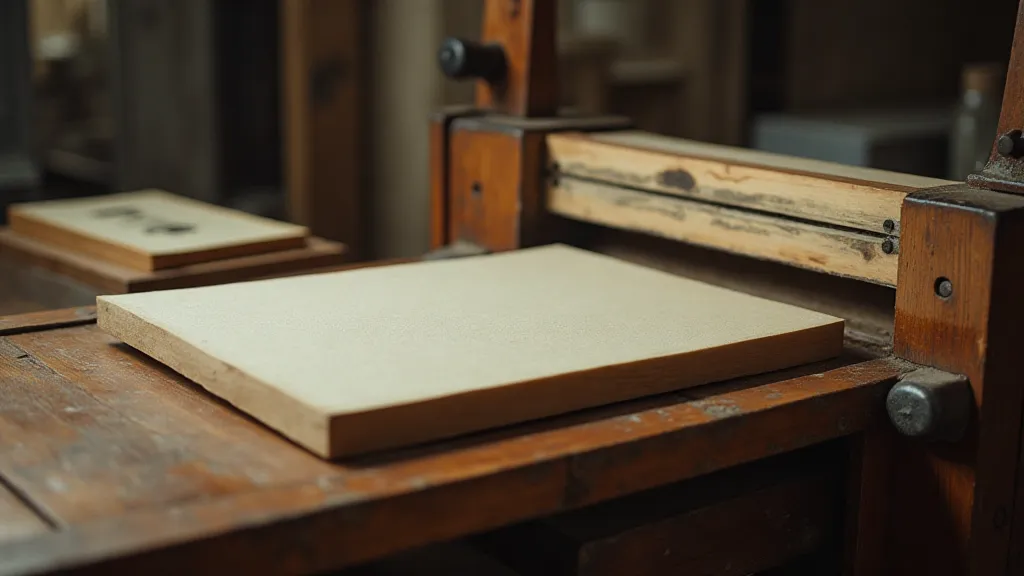
Beyond the Surface: A Deeper Resonance
The beauty of Mokuhanga lies not in what is depicted, but in what is evoked. It's about creating a space for reflection, a moment of quiet contemplation. It's about understanding that true artistry doesn’t reside in flawless execution, but in the intentional omission, the strategic absence of detail. By carving away the unnecessary, the artist reveals the essence of the subject, allowing the viewer to connect with it on a deeper, more emotional level. This concept also applies to the thoughtful selection of materials and the careful consideration of how the wood’s natural grain can influence the final design. Leaving these characteristics visible—rather than striving for a perfectly smooth surface—adds a layer of authenticity and character to the print, reflecting the artist's respect for the inherent qualities of the wood. The interplay of visible grain and the intentional absence of detail creates a visual rhythm that draws the viewer's eye and encourages them to linger, contemplating the subtle nuances of the composition. It’s a testament to the power of restraint and the beauty of imperfection.
Think of a Zen garden again. It’s not a spectacle; it’s an invitation. An invitation to slow down, to breathe, to appreciate the simple elegance of a single stone, the quiet beauty of a patch of moss. Mokuhanga offers a similar experience. It invites us to look beyond the surface, to find resonance in the absence of detail, to discover the profound beauty of imperfection. It's a reminder that sometimes, the most powerful statements are made not through what we say, but through the silence we create. This "silence," however, isn't merely an absence of visual information; it's a carefully constructed space that allows for contemplation and personal interpretation. It's a deliberate choice to invite the viewer into a dialogue, allowing them to complete the picture with their own imagination and experiences.
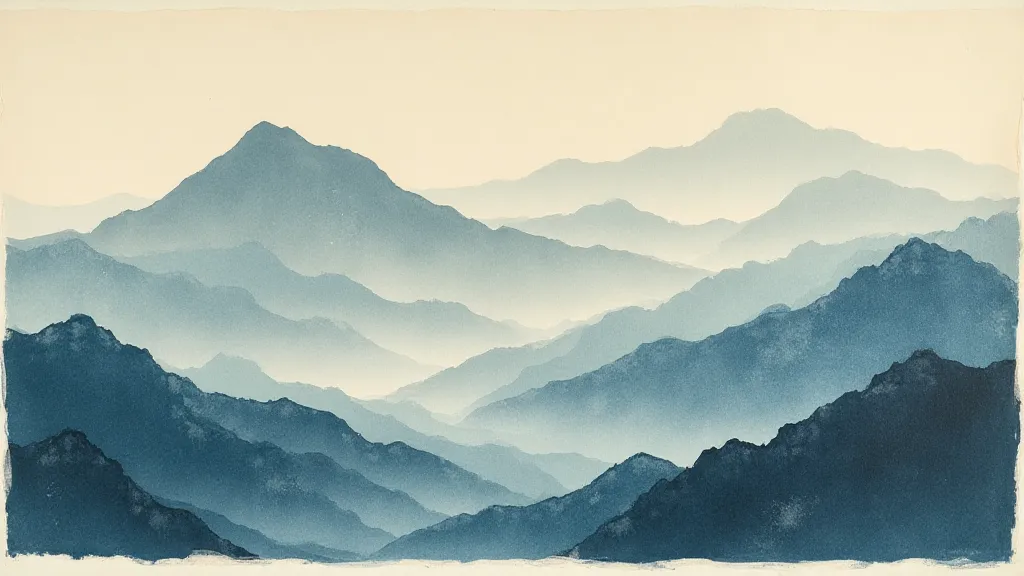
The art of Mokuhanga is not just about the technical skill involved in carving the wood and printing the image; it's about a deeper understanding of the relationship between the artist, the material, and the viewer. It’s about creating a space for connection and contemplation. The artist's role is not to impose a definitive interpretation but to create a framework within which the viewer can find their own meaning. This involves a willingness to embrace ambiguity and imperfection, recognizing that these qualities can be sources of beauty and power. The beauty isn't just in the finished print, but in the entire process – the careful selection of materials, the deliberate carving, and the anticipation of the viewer's response. The entire process embodies a philosophy that values subtlety, restraint, and a deep appreciation for the natural world.
The legacy of Mokuhanga extends far beyond the realm of art. It serves as a reminder of the importance of finding beauty in simplicity and appreciating the power of silence. It teaches us to look beyond the surface and to find meaning in the spaces between things. It invites us to slow down, to breathe, and to connect with the world around us in a deeper, more meaningful way. It’s a testament to the enduring power of art to inspire, to challenge, and to transform our lives.


